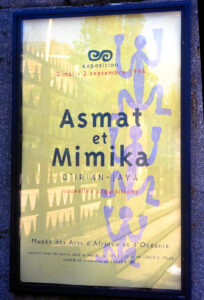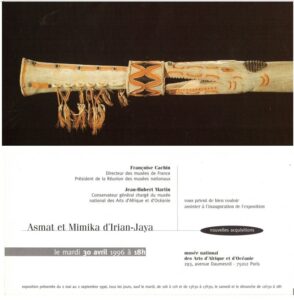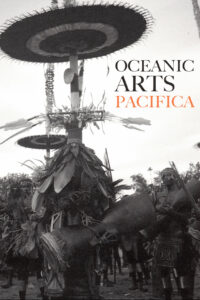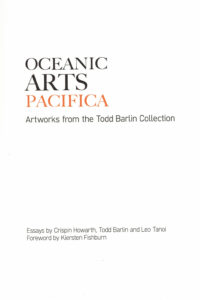Exhibition: Asmat et Mimika d’ Irian Jaya April 1996 At THE MUSEE NATIONAL des ARTS D’AFRIQUE et d’ OCEANIE, Paris
| Collection No. | N/A |
|---|---|
| Size | N/A |
The Asmat et Mimika d’ Irian Jaya April 1996
At THE MUSEE NATIONAL des ARTS D’AFRIQUE et d’ OCEANIE, Paris (Now part of Musée du quai Branly)
This superb exhibition of the traditional Arts of The Asmat & Mimika (Kormoro) people of West Papua, held in the grand buildings of the Musée National des Arts d’Afrique et d’Océanie (National Museum of Arts of Africa and Oceania) was a museum formerly located in the Palais de la Porte Dorée on the edge of the Bois de Vincennes at 293, avenue Daumesnil in the 12th arrondissement of Paris, France.
In 1985-86 Todd Barlin spent six months living with the Asmat & Kamoro (Mimika) people which culminated in a collection of artworks & field photos from both of these amazing cultures. During this time I stayed in remote villages for weeks at a time and it was a chance to get to know people and let them get to know you. I lived as they did, ate what they had each day, and also suffered problems such as malaria and dengue fever. Despite the fortuitous and unpredictable circumstances, this was a magical pre-digital era – before the internet, mobile phones, or television exposed remote villages to the outside world. I often stayed for six to eight months a year traveling in remote areas and for that time it was as if the rest of the world did not exist.”
The Artworks are now in the permanent collection of the Musée du quai Branly & are some of the first artworks you see when walking into the Oceanic Art Pavilion at The Musée du quai Branly
Published in the prestigious Louvre Magazine 1996. PDF in English & French
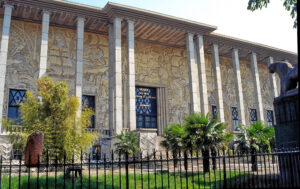
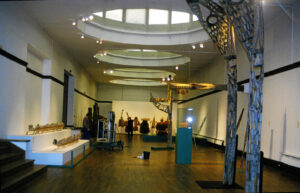
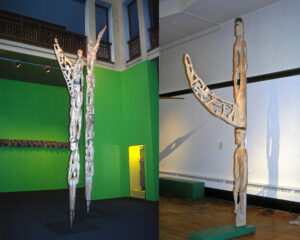
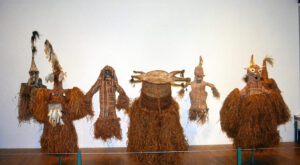
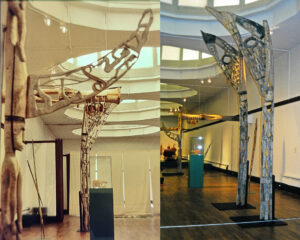
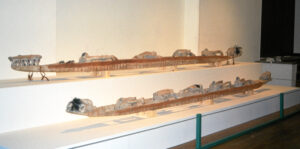
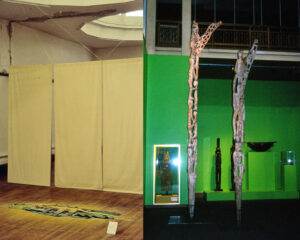
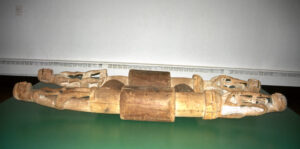
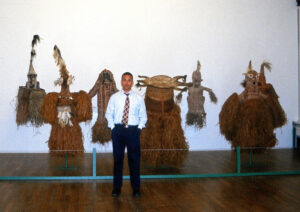
The History of The Musée national des Arts d’Afrique et d’Océanie
The Musée national des Arts d’Afrique et d’Océanie (National Museum of Arts of Africa and Oceania) was a museum formerly located in the Palais de la Porte Dorée on the edge of the Bois de Vincennes at 293, avenue Daumesnil in the 12th arrondissement of Paris, France.
The museum began as the colonial exhibition of 1931, was renamed in 1935 the Musée de la France d’Outre-mer, then in 1960 the Musée des Arts africains et océaniens, and finally in 1990 the Musée national des Arts d’Afrique et d’Océanie.
In 2003 the museum’s collection was merged into the Musée du Quai Branly, and in its place the Palais de la Porte Dorée now houses the Cité nationale de l’histoire de l’immigration. Its tropical aquarium remains in the cellar of the Palais de la Porte Dorée and is open to the public.

